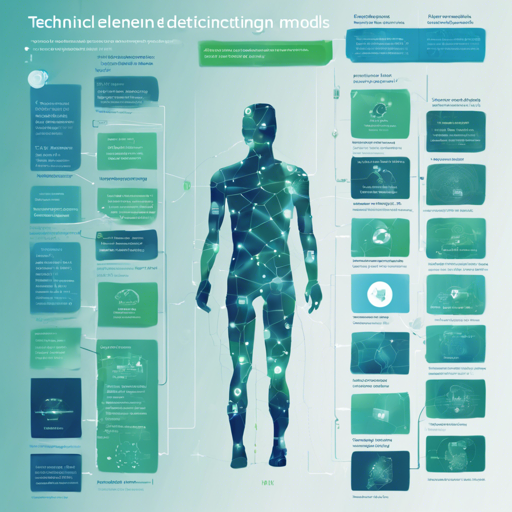In the world of artificial intelligence and computer vision, person detection models play a critical role in various applications, from surveillance to interactive systems. This article will guide you through the basics of person detection models, their performance metrics, and how to interpret the results effectively.
What is Person Detection?
Person detection refers to the process of identifying and locating human figures in images or video feeds using machine learning techniques. This capability is crucial for models engaged in tasks such as security surveillance, human-computer interaction, and automated video analysis.
Key Metrics in Person Detection
When evaluating a person detection model, several metrics are commonly used:
- FLOPS (Floating Point Operations Per Second): This measures the computational efficiency of a model.
- Params (Parameters): This indicates the complexity of the model, with more parameters suggesting a more complex architecture.
- F1 Score: This is a harmonic mean of precision and recall, offering a balance between the two to evaluate model performance.
- Threshold: A parameter defining the cutoff point for class predictions; tuning this can affect the model’s performance.
Examining the Performance of Different Models
Let’s delve into the performance of several person detection models analyzed in our dataset. Imagine each model as a chef, where:
- The FLOPS represent the chef’s speed in cooking.
- The Params are the chef’s skills; more skills can help create more complex recipes.
- The F1 Score reflects how well the chef balances taste and presentation.
- The Threshold is akin to the chef’s standard for when a dish is ready to be served.
Here’s a quick overview of our models:
Model FLOPS Params F1 Score Threshold
-----------------------------------------------------------
person_detect_v1.2_s 3.49k 11.1M 0.86 0.295
person_detect_v1.3_s 3.49k 11.1M 0.86 0.324
person_detect_v0_x 31.3k 68.1M NA NA
person_detect_v0_m 9.53k 25.8M 0.85 0.424
person_detect_v0_s 3.49k 11.1M NA NA
person_detect_v1.1_s 3.49k 11.1M 0.86 0.384
person_detect_v1.1_n 898 3.01M 0.85 0.327
person_detect_v1.1_m 9.53k 25.8M 0.87 0.348
person_detect_v1_m 9.53k 25.8M 0.86 0.351From the table, we see a variety of results. For instance, person_detect_v1.1_m is akin to a chef who excels at balancing flavors (F1 Score of 0.87) while maintaining a reasonable cooking speed (FLOPS of 9.53k).
Interpreting Confusion Matrices and Performance Plots
In addition to numerical performance metrics, understanding visual representations of a model’s performance is essential. Confusion matrices reveal how many predicted labels correspond to actual instances, while performance plots can help visualize how the F1 score varies with different thresholds.
- F1 Plot for person_detect_v1.2_s
- Confusion Matrix for person_detect_v1.2_s
- F1 Plot for person_detect_v1.3_s
- Confusion Matrix for person_detect_v1.3_s
Troubleshooting Common Issues
If you encounter any issues while working with person detection models, consider the following tips:
- Ensure that your input data is preprocessed correctly, as poor data quality can lead to inaccurate results.
- Check that your model is well-tuned. Experiment with different thresholds to optimize the F1 score.
- If confusion matrices show unusual results, try adjusting the model architecture or training parameters.
For more insights, updates, or to collaborate on AI development projects, stay connected with fxis.ai.
At fxis.ai, we believe that such advancements are crucial for the future of AI, as they enable more comprehensive and effective solutions. Our team is continually exploring new methodologies to push the envelope in artificial intelligence, ensuring that our clients benefit from the latest technological innovations.

